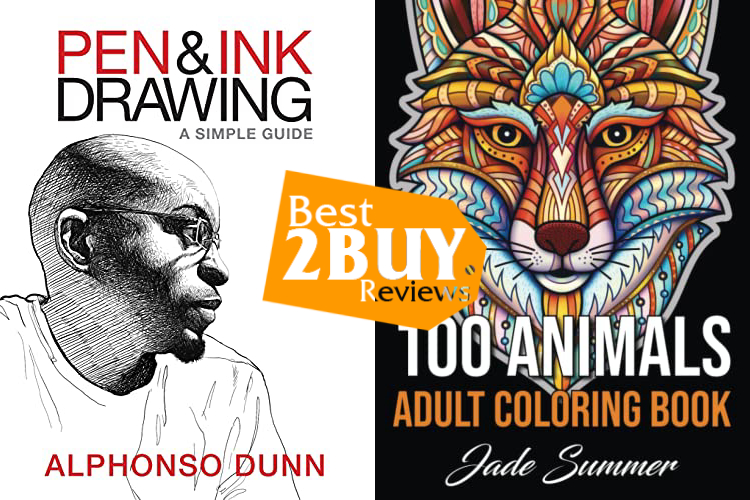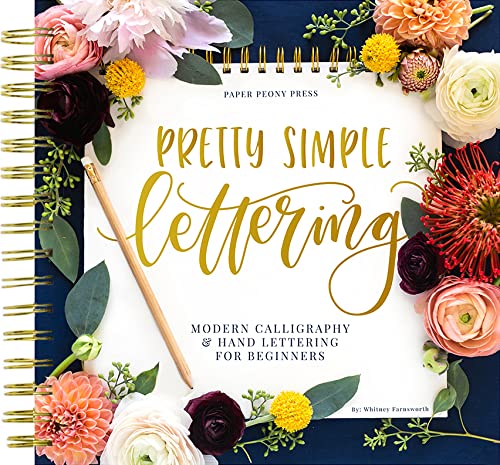Exploring the Creative World of Mixed Media Books

- 1. Exploring the Creative World of Mixed Media Books
- 1.1. Defining Mixed Media Books
- 1.2. Origins and Evolution
- 1.3. Characteristics of Mixed Media Books
- 1.4. Impact on Storytelling
- 1.5. Factors To Consider When Choosing A Mixed Media Book
- 1.5.1. Artistic Style and Preferences
- 1.5.2. Content and Themes
- 1.5.3. Media and Techniques
- 1.5.4. Materials and Tools
- 1.5.5. Project Complexity and Duration
- 1.6. Conclusion
In the realm of art and literature, creativity knows no bounds. One fascinating and innovative form of artistic expression that has gained popularity in recent years is mixed media books. Blurring the lines between traditional literature and visual art, mixed media books offer a unique and immersive experience for both creators and consumers. In this article, we'll delve into the world of mixed media books, exploring what they are, their origins, and how they contribute to the evolving landscape of storytelling.
Defining Mixed Media Books
Mixed media books, also known as multimedia or hybrid books, are a form of artistic creation that combines various artistic elements, such as text, images, illustrations, collage, and sometimes even three-dimensional objects, to convey a narrative. Unlike conventional books that rely solely on written words to tell a story, mixed media books integrate a range of materials and techniques to engage the audience on multiple sensory levels.
Origins and Evolution
The roots of mixed media books can be traced back to the early 20th century, with the emergence of avant-garde movements like Dada and Surrealism. Artists and writers during this period began experimenting with unconventional materials and techniques, challenging the traditional boundaries of artistic expression. As time progressed, the concept of combining different media found its way into literature, giving rise to the mixed media book.
However, it wasn't until the latter half of the 20th century and the early 21st century that mixed media books gained mainstream recognition. Technological advancements played a crucial role in this evolution, providing creators with new tools and platforms to explore and showcase their work. The rise of digital publishing and the availability of multimedia content online further expanded the possibilities for mixed media storytelling.
Characteristics of Mixed Media Books
Integration of Text and Visual Elements
One of the defining features of mixed media books is the harmonious integration of text and visual elements. While traditional books rely solely on written narratives, mixed media books go beyond, incorporating photographs, illustrations, drawings, and paintings. This combination not only adds aesthetic value but also provides readers with a more immersive and visually stimulating journey. The marriage of words and images creates a synergy that deepens the emotional impact of the storytelling, offering a multi-sensory experience that lingers in the reader's memory.
Use of Unconventional Materials
Mixed media books break away from the constraints of traditional printing by utilizing unconventional materials. These books often feature diverse textures, fabrics, and found objects, turning each page into a tactile adventure. The incorporation of unconventional elements encourages readers to interact with the book on a physical level, fostering a connection that goes beyond the intellectual engagement typical of conventional literature. The use of varied materials not only serves as a testament to the boundless creativity of the creators but also adds a tangible, sensory dimension to the reading experience.
Collage and Mixed Techniques
Collage is a prevalent artistic technique in mixed media books. Artists assemble a myriad of elements, such as hand-drawn illustrations, photographs, newspaper clippings, and textures, to create a cohesive visual narrative. This blending of diverse elements allows for the exploration of complex themes and moods. The layering of different media invites readers to decipher and interpret the connections between images and words, adding an interactive element to the reading experience. The use of mixed techniques elevates the storytelling process, offering a dynamic and visually rich encounter that transcends traditional boundaries.
Incorporation of Technology
Advancements in digital tools have opened up new possibilities for mixed media books by allowing the integration of technology into their narratives. Augmented reality, interactive elements, and multimedia components can now be seamlessly woven into the fabric of these books. This incorporation of technology blurs the lines between the physical and virtual worlds, offering readers a truly immersive experience. Whether it's triggering augmented reality content through a mobile app or engaging with interactive elements on the page, technology adds a layer of dynamism to the storytelling process, pushing the boundaries of what a book can be.
Impact on Storytelling
Mixed media books have redefined traditional storytelling, offering a dynamic and multidimensional approach to narrative expression. By combining different artistic elements, creators can evoke emotions, convey complex themes, and engage readers in ways that extend beyond the limitations of written words alone. This form of storytelling encourages a more active and participatory role for the audience, inviting them to explore the visual and textual layers of the narrative.
Factors To Consider When Choosing A Mixed Media Book
Choosing a mixed media book involves considering various factors to ensure that it aligns with your preferences, needs, and artistic goals. Mixed media books often combine different art forms, such as drawing, painting, collage, and more. Here are some factors to consider:
Artistic Style and Preferences
Identify the artistic style or styles that resonate with you. Whether you prefer abstract, realistic, contemporary, or traditional art, choose a mixed media book that complements your aesthetic taste.
Content and Themes
Consider the themes or subjects covered in the book. Some mixed media books focus on specific themes like nature, emotions, or abstract concepts. Choose one that aligns with your interests and provides inspiration for your own creations.
Media and Techniques
Look for a book that explores a variety of art media and techniques. This might include acrylics, watercolors, pencils, markers, collage, and more. A diverse range of techniques can help you expand your skills and experiment with different materials.
Materials and Tools
Check the list of required materials and tools for the projects in the book. Ensure that you have access to, or are willing to invest in, the necessary art supplies. This includes specific paints, brushes, papers, canvases, etc.
Project Complexity and Duration
Evaluate the complexity and duration of the projects in the book. If you have limited time, you may prefer a book with shorter, more manageable projects. Alternatively, if you enjoy more intricate and time-consuming work, choose a book with challenging projects.
Popular Examples:
- "The Arrival" by Shaun Tan: This graphic novel combines intricate illustrations with minimal text to tell the story of an immigrant's journey. The use of visual storytelling in "The Arrival" creates a powerful and emotional experience for the reader.
- "S." by J.J. Abrams and Doug Dorst: A novel within a novel, "S." features a main narrative accompanied by handwritten notes, maps, and other ephemera in the margins. The collaborative effort between Abrams and Dorst exemplifies the possibilities of mixed media storytelling.
- "Tree of Codes" by Jonathan Safran Foer: This experimental book physically alters the text of "The Street of Crocodiles" by Bruno Schulz by cutting out sections to create a new narrative. The result is a visually stunning and thought-provoking exploration of the relationship between text and form.
Conclusion
Mixed media books represent a fusion of artistic disciplines, pushing the boundaries of traditional storytelling. As technology continues to advance, and creators explore new ways to blend text, visuals, and interactive elements, the world of mixed media books is poised to expand further. This innovative form of expression invites readers to embrace a more sensory and immersive experience, celebrating the limitless possibilities of combining different artistic mediums within the pages of a book. Whether in print or digital form, mixed media books invite us to rethink the way we engage with stories, inviting us on a journey where words and visuals intertwine to create something truly extraordinary.











